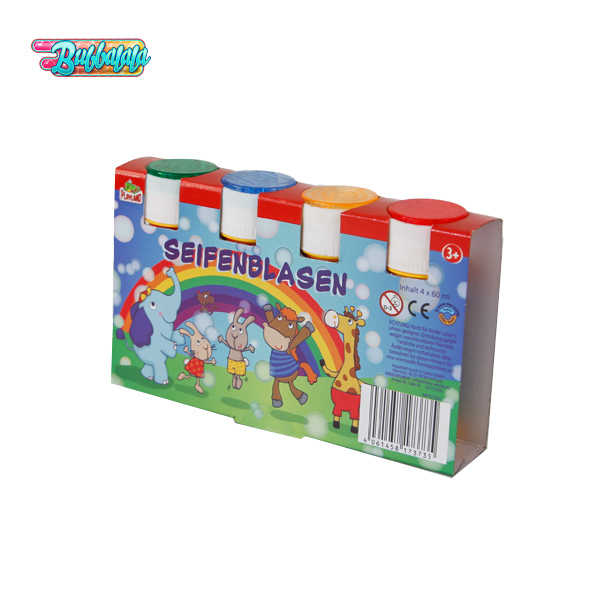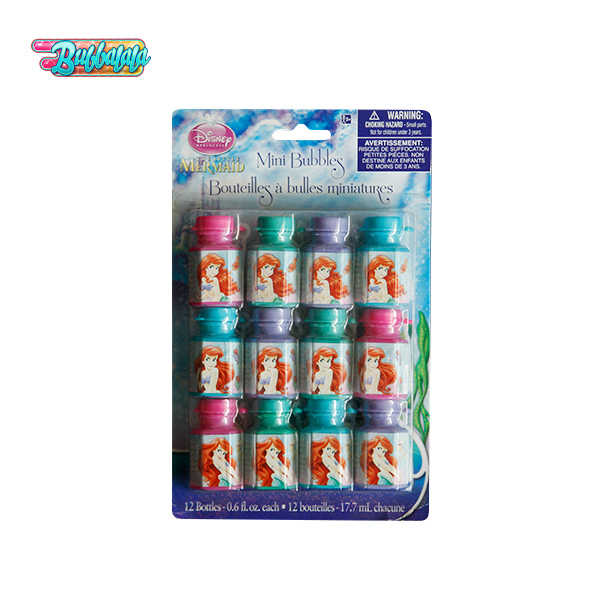What Are Some Lesser-Known Easter Egg Traditions From Around The World
Easter eggs are an essential part of the Easter celebration in many countries. While the most well-known tradition is to dye and decorate eggs in vibrant colors, there are many other unique Easter egg traditions from around the world that are not as widely known.
One lesser-known tradition is the Polish custom of exchanging decorated eggs on Easter Monday. Known as "Pisanki," these eggs are often decorated using a wax-resist method where intricate designs are drawn onto the eggshell with melted beeswax before being dyed. The wax is then removed, revealing the colorful design underneath.
In Germany, Easter eggs are traditionally hung from trees or bushes outside. Called "Osterbaum," these trees are often decorated with ribbons and other festive decorations, and the colorful eggs add to the festive ambiance. In some regions, it is also customary to hide eggs for children to find, much like the popular Easter egg hunt tradition in many other countries.
In Greece, the Easter egg tradition takes on a unique twist. Known as "tsougrisma," the eggs are dyed red to symbolize the blood of Christ and then smashed together in a game of "egg tapping." The player whose egg remains unbroken is considered the winner and is said to have good luck throughout the year.
In Egypt, the Coptic Orthodox Church celebrates Easter with a tradition known as "sham el nessim." On this day, families prepare a traditional dish of salted fish and onions, along with dyed red eggs that are believed to represent the blood of Christ. The eggs are cracked against one another in a show of friendship and goodwill.
Easter egg manufacturers play a vital role in these traditions by providing different types of eggs, such as colored eggs, chocolate eggs, or plastic eggs that can be filled with candy or toys. They also design eggs with unique patterns and themes, allowing people to express their creativity and individuality during the Easter celebration.
Hot Products
-

White Party Wedding Bubble Water Bubble Tubes
-

24pcs Wedding Mini Goblet Bubble Water Toys
-

Bubble Water Toys Color Bubble Wand
-

Cheap Bubble Toys Various Colorful Bubble Wands
-

Blue Bottled Bubble Water Toys Supplement Liquid
-

Red Bottled Bubble Water Toys Supplement Liquid
-

Various Sizes of Bubble Water Replenisher
-

12 Bottles Green Bubble Water Wine Bottle
-

Summer Creative Pink Ice Cream Bubble Water Toys
-

Four Pack Bubble Water Bubble Bottle Toys
-

Cheap And Cost-effective Bubble Bottle Bubble Water
-

Cute Princess Hexagonal Bubble Water Toys

 English
English 中文简体
中文简体
